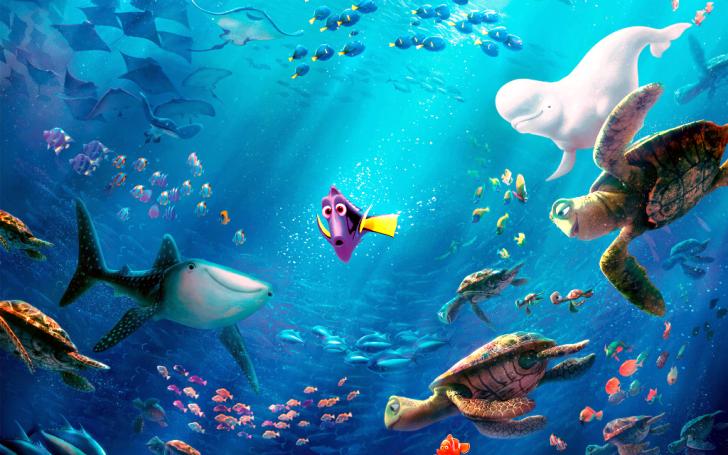

“That idea just kept in my mind for the rest of that year while I was finishing ‘John Carter.’ I realized there was a real story here that needs to be resolved. And I worried that she could forget Marlin and Nemo the next day strolling along, and she’d be back to Square One, and I can’t sit well with that. Because I created her, I knew she had all this sense of loss without knowing why.

She still doesn’t know where she’s from, she has such abandonment issues. “So I watched it, maybe for the first time, objectively like an audience member, and I was so worried about Dory at the end of it. “I hadn’t watched ‘Nemo’ in maybe six or seven years – because I watched it so many times in ’03 – and I was asked to watch it again because they were going to do a 3D exhibition of it, and they wanted to know what I thought,” he explains. “After ‘Nemo,’ I was ready to move on and do robots and go to Mars, and it’s very interesting how the brain works,” says Andrew Stanton, the co-writer/director of that film and the new “Finding Dory,” who in the interim made the almost as beloved Oscar-winner “WALL-E” and the not-so-adored live-action “John Carter of Mars.” For most of the 13 years since one of Pixar Animation’s biggest hits, “Finding Nemo,” came out, not a whole lot of thought went into making a sequel to the Academy Award-winning fish story.


 0 kommentar(er)
0 kommentar(er)
